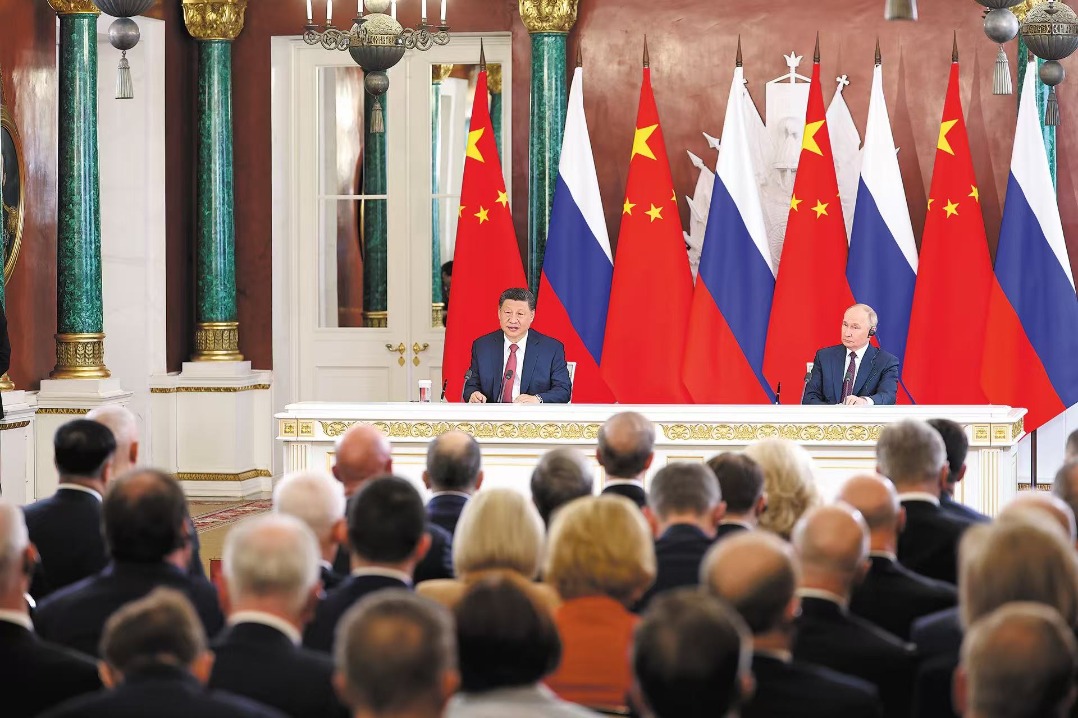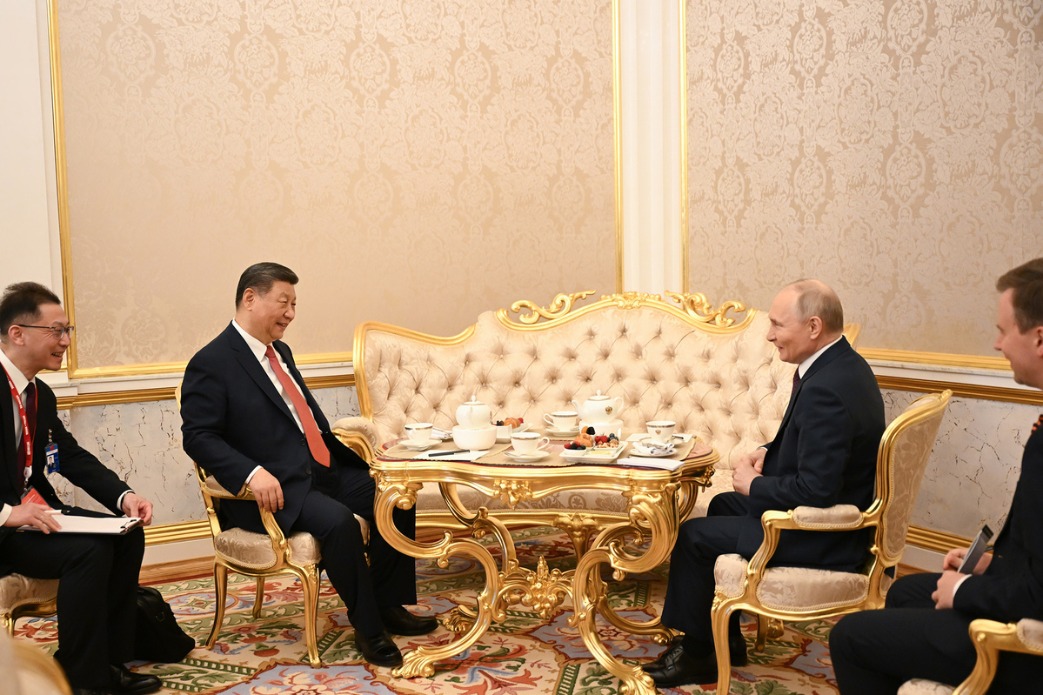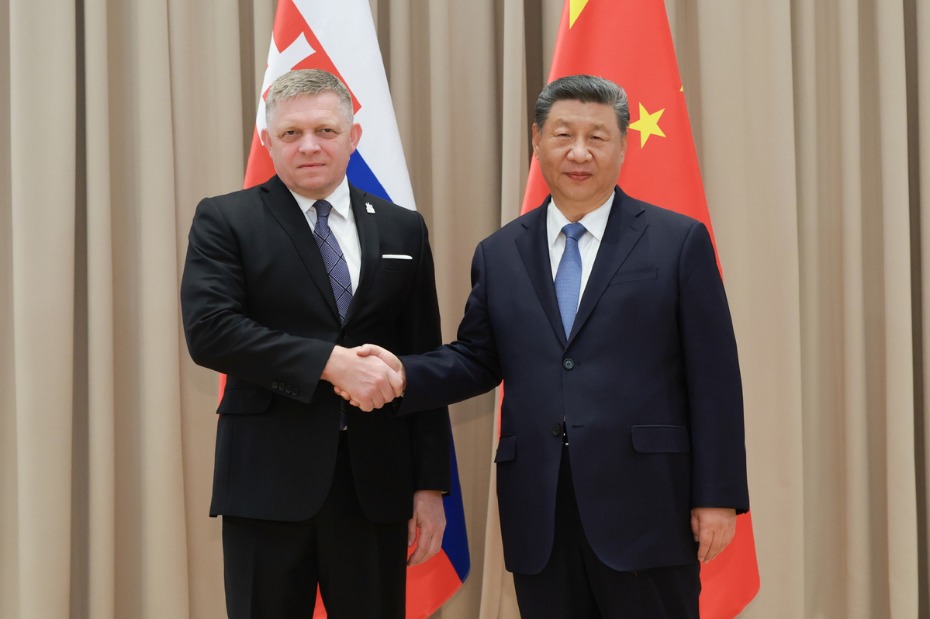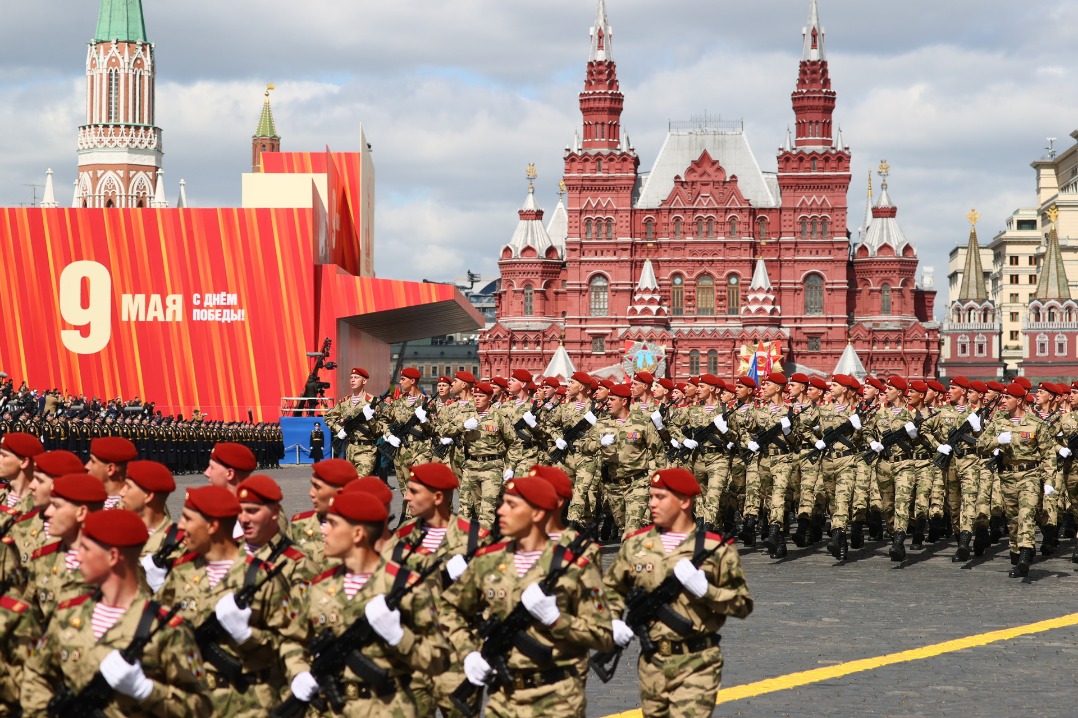'Cold' regions heat up with tourism


Cross-border tourism between China and Russia has been growing at a fast pace, with the resumption of mutual visa-free travel for tour groups boosting the Chinese and Russian tourism sectors. China's northeastern region — comprising Heilongjiang, Jilin and Liaoning provinces — which borders Russia, has been playing a key role in Sino-Russian tourism cooperation thanks to its unique geographical advantages and abundant tourism resources.
But the region needs to upgrade its tourism sector, by shifting from "transit tourism" to "in-depth tourism" and making targeted efforts in areas such as visa facilitation, product innovation, transportation, service infrastructure, promotional campaigns and regional collaboration, in order to further deepen Sino-Russian tourism cooperation.
For example, the mutual visa-free policy between China and Russia applies only to groups of three or more people, while independent travelers still need to apply for e-visas or regular visas. Therefore, efforts should be made to pilot a 72-hour visa-free transit policy for Russian tourists in cities such as Harbin in Heilongjiang province and Hunchun in Jilin province, eventually extending the e-visa facility to all Chinese cities close to the Russian border.
To smooth the visa application process, the two countries should improve information sharing and strengthen technical cooperation, by using digital means to enable online visa applications, reducing manual intervention and improving efficiency. They should also optimize by shortening the visa approval process to save time and allow tourists to realize even their improvised travel plans.
The tourism industry in China's northeastern region has long relied on winter resources and attractions to draw Russian visitors, resulting in significant seasonal fluctuations. To break the cycle of "peak winter and sluggish summer seasons", the region should leverage its rich natural and cultural resources to boost the spring flower economy, summer vacation and autumn holiday period, while boosting local residents' cultural rituals and dishes, such as those of the Manchu, Oroqen and Korean ethnic groups.
Besides, the two sides can co-work to launch the "Northeast China-Siberia" ecological tourism route, connecting the forests and wetlands of Northeast China with the pristine natural landscapes of Siberia, allowing visitors to appreciate the beauty of ecosystems in the two countries; and create a "red tourism linkage" route, linking the memorial sites in World War II in Northeast China and Russia.
Among the problems obstructing the development of the region's tourism sector are inadequate transportation connectivity, including insufficient flights on some routes and lack of high-speed rail links to key border ports such as Heihe and Suifenhe in Heilongjiang, which prolong the transfer time. Hence, local governments need to push the construction of cross-border transportation networks and improve the transport services. For instance, they need to increase the flight frequency on the Harbin-Vladivostok, Shenyang-Moscow and other routes during peak seasons and improve connectivity between other regional airports.
There is also a need to extend the high-speed rail network to border ports on the Harbin-Heihe and other important routes, and expand the Jiamusi-Tongjiang railway in Heilongjiang to clear the "last-mile" transportation bottleneck.
The northeastern region also needs to introduce a "bilingual service-cumdigital payment" system, including installing Chinese-Russian bilingual signage at scenic spots, hotels and shopping centers, expanding the "cross-border digital renminbi" pilot program by installing Mir card-compatible POS machines and ATMs in key commercial areas and making China's Alipay and WeChat Pay compatible with Russia's YooMoney e-commerce payment system.
Moreover, tourism and cultural festivals should be held in major Russian cities to showcase the northeastern region's folk culture, cuisine and arts, allowing Russian tourists to experience the region more interactively. It is also necessary to adopt a tailor-made promotional and service policy to serve individual tourist groups. For instance, trendy cultural and outdoor activities should be promoted to attract younger tourists and historical sites and wellness services to draw older tourists.
Furthermore, a coordinated mechanism should be established to turn border ports into gateways and cities into added attractions for tourists, so as to facilitate the growth of the tourism sector across the region, and build a "cross-border tourism corridor" with Harbin, Changchun and Shenyang as core cities in collaboration with Russia's Far Eastern cities to offer convenient and comfortable accommodation to Russian travelers. In this context, the provincial governments in the region should partner with their Russian counterparts to develop tourism projects, such as joint ski resorts and cross-border camps.
Against the backdrop of growing Sino-Russian tourism cooperation, the tourism industry in China's northeastern region has unprecedented opportunities to boost its revenue. By upgrading its tourism sites, products and services, the region can provide richer and higherquality travel experience for people from both countries, further promoting cultural exchanges and friendly cooperation between China and Russia.
The author is director of the Regional Economic Research Office at the Heilongjiang Provincial Academy of Social Sciences. The views don't necessarily reflect those of China Daily.
If you have a specific expertise, or would like to share your thought about our stories, then send us your writings at [email protected], and [email protected].
































